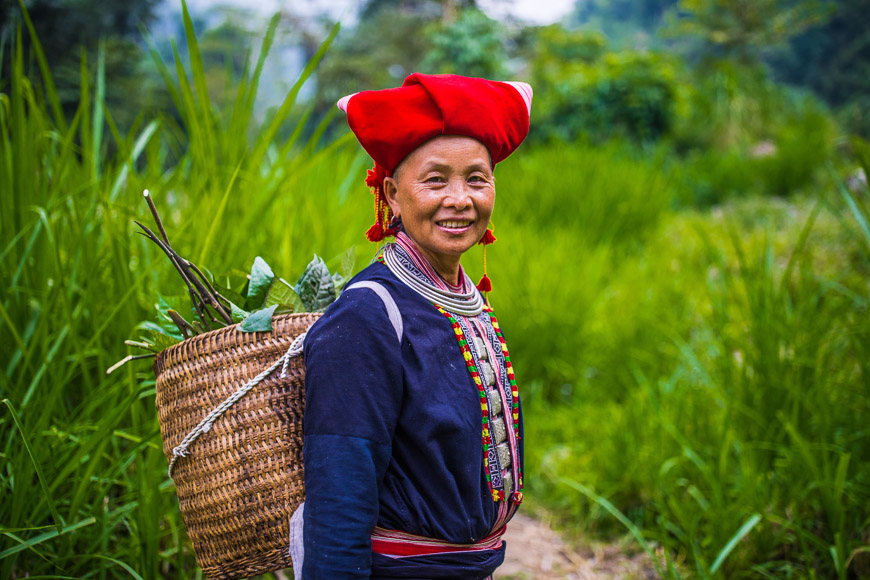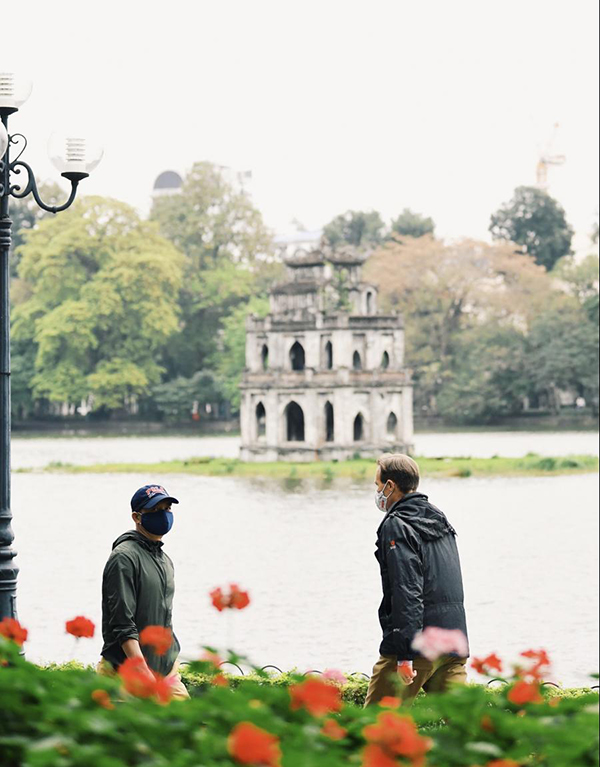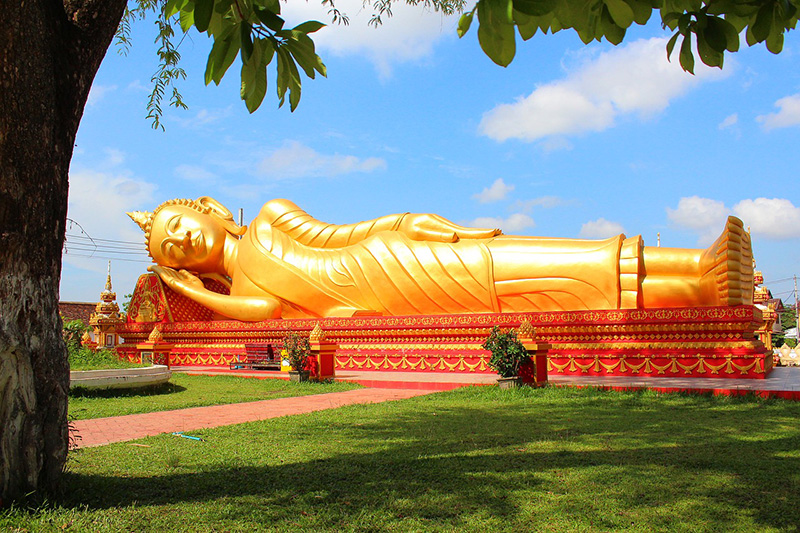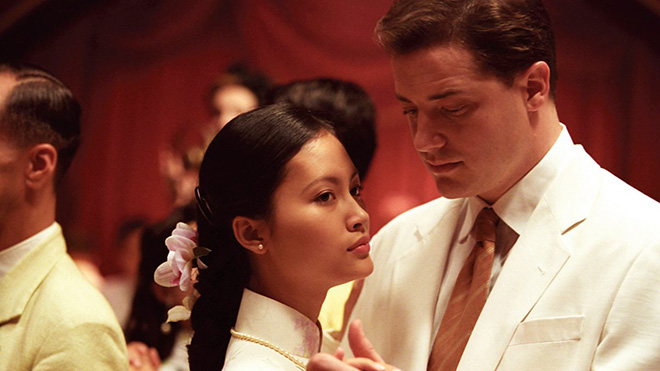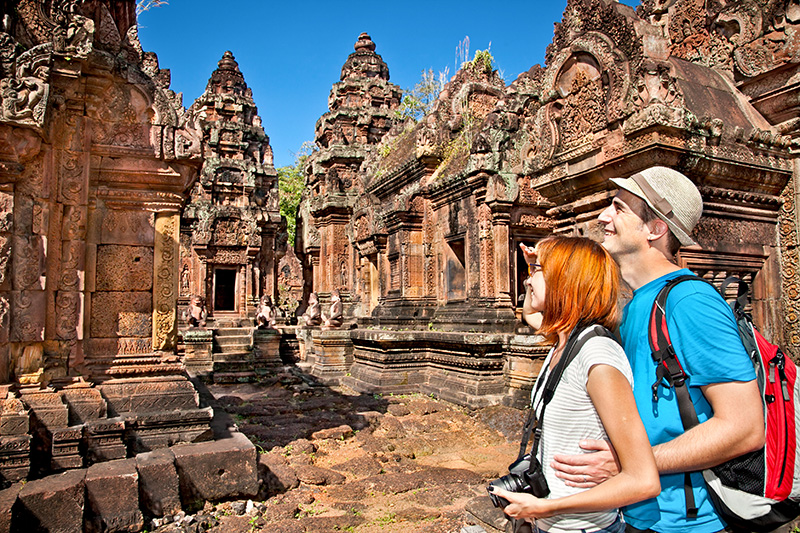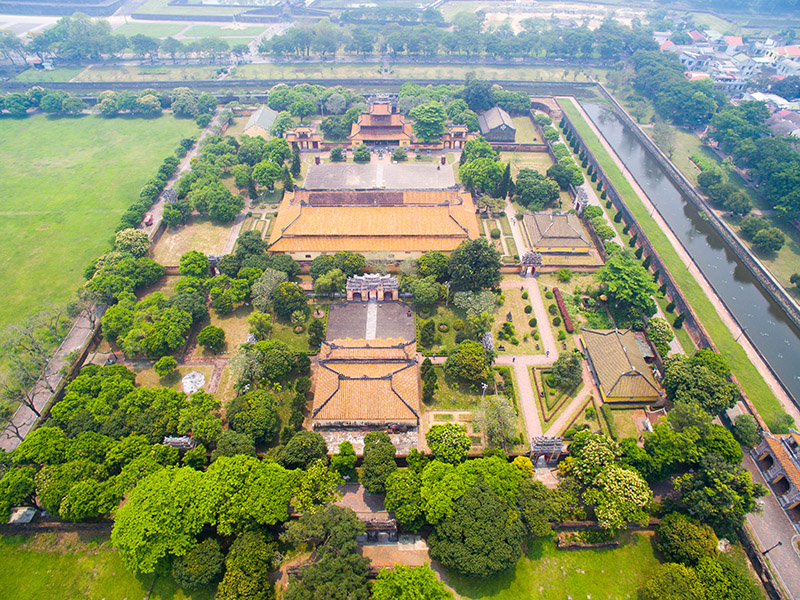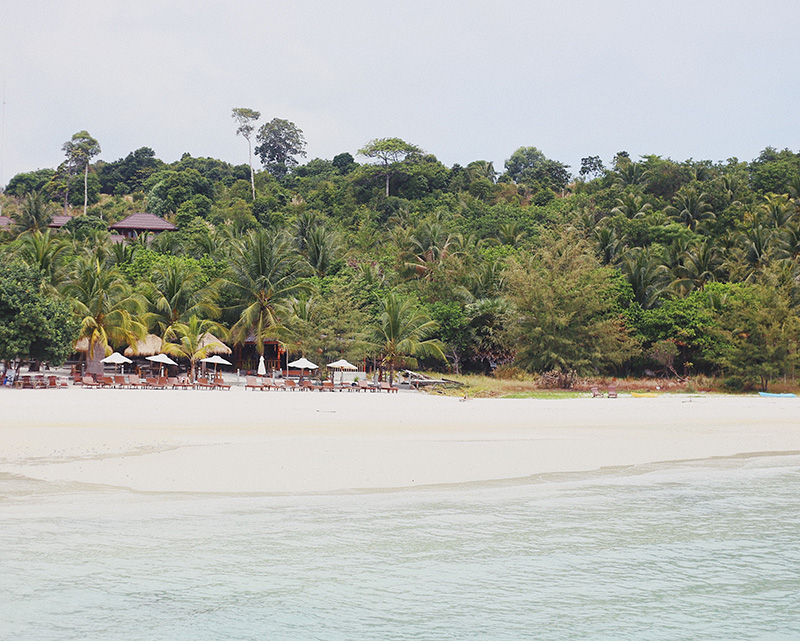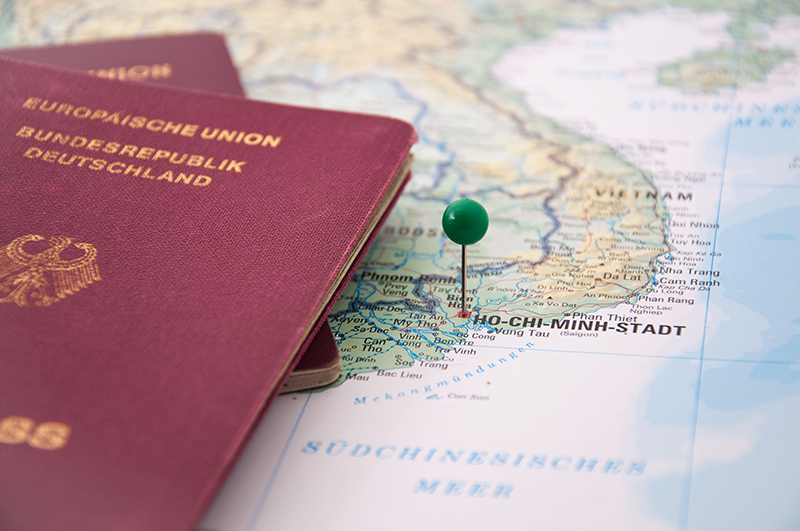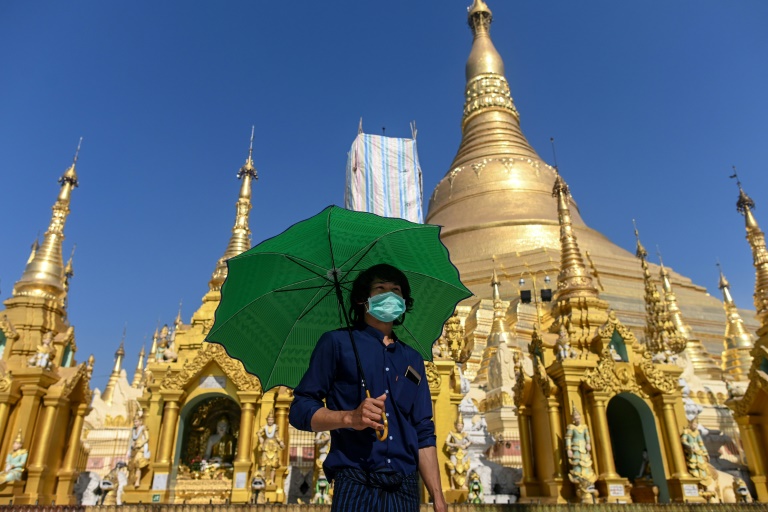
A time we would all want to forget in Cambodia
Wed, 02/05/2020 - 16:51

Years deep in killing and secluded from the outer world have deteriorated Cambodia financially and mentally. Getting over any traumas is hard but Cambodia has done it. It would be painful at first to revisit the historic sites but after all, those memories and stories tell us why we are here and appreciate the today’s Cambodia even more.
So let’s travel back in time with us.
The dark history of Cambodia
In April 1975, the Khmer Rouge forces made a victorious attack on Phnom Penh and eventually established a national government to rule Cambodia. The dictatious military leader of the Khmer Rouge, Pol Pot, became the new government’s prime minister.
They force people from everywhere to move to rural areas and work on the land. The Khmer Rouge would want to restore Cambodia as an agricultural country.
Many people, those from professional and technical class, were exterminated. In fact, if you appeared to be wearing glasses, speaking foreign languages or having soft hands (which means you barely work in agriculture), you could lose your life.
Over the next four brutal years, under the Khmer Rouge’s rule, Cambodia witnessed the ferocious genocide that took away lives of 2 million civilians, approximately a quarter of Cambodia’s population.
Trace of these traumatic years could be found in many historic sites, from the S21 Prison to the massive grave of the Killing Fields.
S-21 Prison - The Tuol Sleng Prison
The Tuol Sleng Prison, once was a place for education. Before 1976, at the same place of the site today, you would find Tuol Svay Pray High School. In 1976, the Khmer Rouge renamed the high school S-21 and from then, it was into a torture, interrogation and execution center.
Only seven survived. That is 7 out of the 14,000 people known to have entered there. If it isn’t haunting enough with all the killing, the Khmer Rouge also carefully transcribe the prisoners' interrogations. Up till now, a collection of photographic archive of thousands of inmates that they have carefully photographed can still be seen.
Those gruesome pictures and confessions collected were a way the Khmer Rouge leaders assured that their orders had been carried out.
Visiting the place can be a hard-to-manage experience as you can almost relive every pain people have been through. You could also meet the survivors at the courtyard. If possible, feel free to ask them and they will tell you about the tremendously tragic moments they have been through.
Killing Fields - the massive grave of Khmer Rouge
Located outside of Phnom Penh is the Killing Fields (Choeung Ek Genocidal Center). The Khmer Rouge brought prisoners of Tuol Sleng here to take away their lives in some of the most horrible ways.
The victims were battered to death with a bamboo stick, a branch of trees, a shovel or anything one can think of. You might wonder why they did not use bullets. Well, bullets were too expensive back then and the sound of bullets could got outside the Killing Fields.
What is even more terrifying is that some were forced to dig their own graves. After getting killed, all were thrown into mass graves, having their throats slit, just to make sure that they were actually dead.
The utmost disgrace Khmer Rouge could ever do was to put to death even newborn and little children. The Killing Tree was where the killing happened, where small ones were taken by their legs and beaten to death. Now tied around the fences of the mass graves and the Killing Tree are colorful ties and bracelets to remember those who deceased here.
In this site, the people of Cambodia have paid tribute to the tragic souls by building a memorial housing around 5,000 skulls that were executed. Killing Fields is just one of the thousands of recorded grave sites throughout Cambodia.
Wishful thoughts and loving prayers go to thousands and millions of innocent souls.
Notes when visiting these sites:
- Prepare yourself emotionally and mentally as some stories can be haunting and gruesome.
- Walk silently and pay respect to the place.
- Follow the instructions, especially signs that tell you not to walk through the mass grave.
- Avoid laughing or any sensitive jokes about the dark history of Cambodia
- Audio guide is recommended as they took you back in time with vivid words and mournful yet touching stories.đáo hạn





